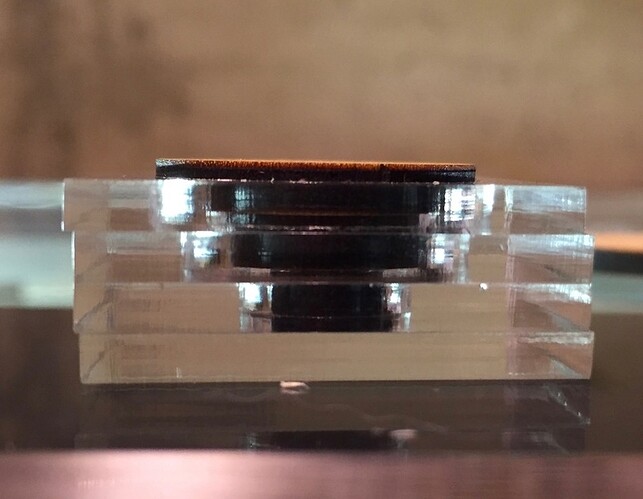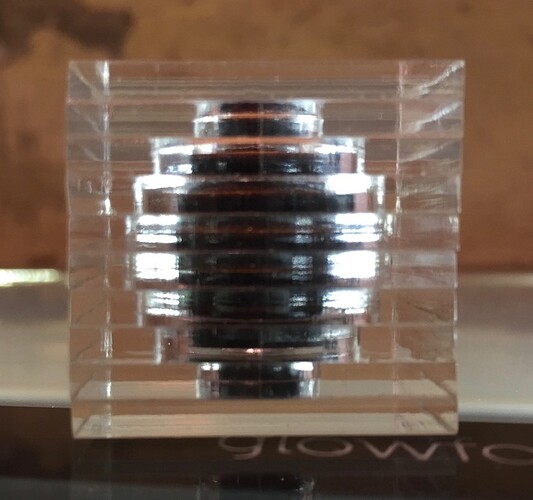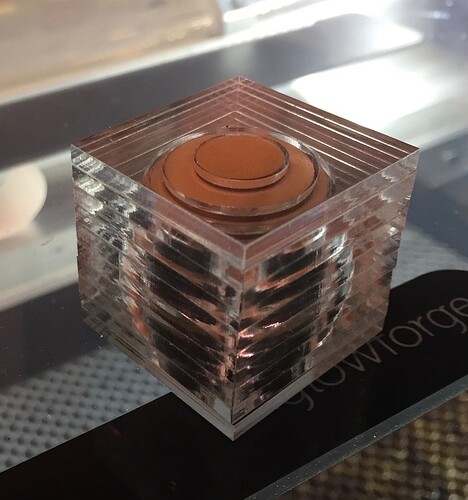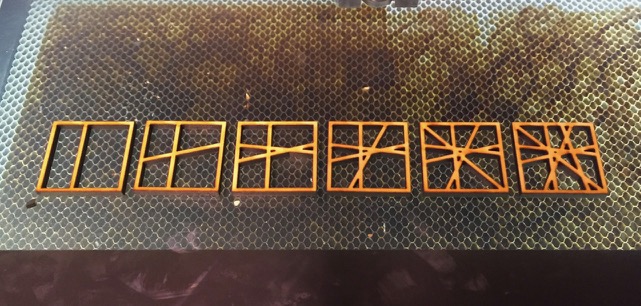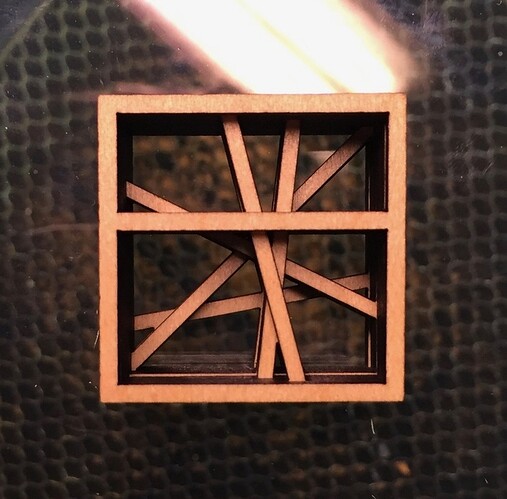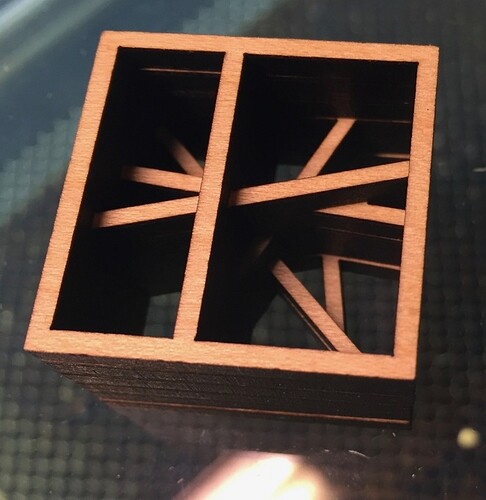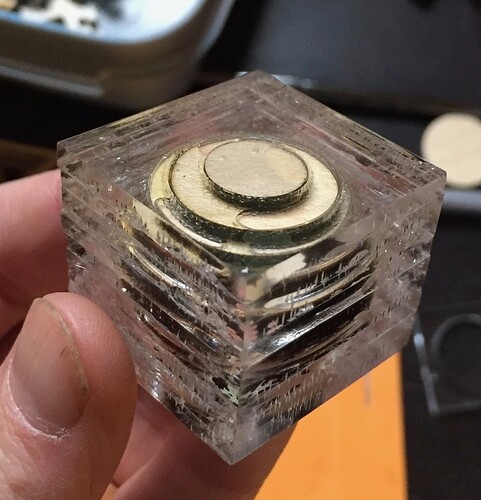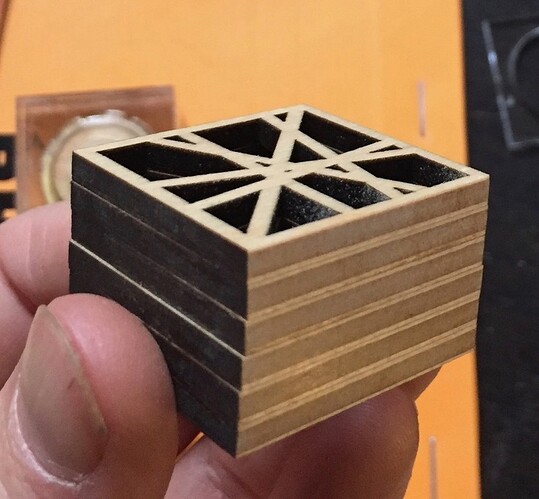Which, heck, got me curious enough now that I’m thinking about it again to go poke around on the Discourse github repo to see if I could find configurational defaults for an install, and this looks like the right spot: site_settings.yml has a load of default config stuff, which most installs are gonna run with.
And if you search for “newuser_max” (I didn’t know to do so, just skimmed down the file till I got there), boom, around 550 lines in a few thing show up that look familiar:
newuser_max_replies_per_topic: 3
newuser_max_mentions_per_post: 2
...
newuser_max_links: 2
newuser_max_images: 1
All of which is unsurprising as a conservative default for new, potentially untrusted users on a given forum. There’s also references in some of the configurational definitions around there to ‘TrustLevelSetting’ as a variable value, which is probably what new-ness is tied to numerically.
And heading down to around line 850, boom, the “Trust” section, which is where all the good stuff we’re looking for is defined.
trust:
default_trust_level:
default: 0
enum: 'TrustLevelSetting'
default_invitee_trust_level:
default: 1
enum: 'TrustLevelSetting'
min_trust_to_create_topic:
default: 0
enum: 'TrustLevelSetting'
...
And so on. A little bit later, blocks like this for various trust levels:
tl1_requires_topics_entered: 5
tl1_requires_read_posts:
default: 30
client: true
tl1_requires_time_spent_mins: 10
...
tl2_requires_topics_entered: 20
tl2_requires_read_posts: 100
tl2_requires_time_spent_mins: 60
tl2_requires_days_visited:
default: 15
tl2_requires_likes_received: 1
tl2_requires_likes_given: 1
tl2_requires_topic_reply_count: 3
Which, my guess is trust level 2 is what corresponds to the elimination of the newuser_max_* limitations (and I’m guessing the awarding of the Basic badge, but haven’t looked for badge code at all yet).
By my read I’ve covered all those tl2_* thresholds…except maybe just the “days_visited” one since I joined the forum just about two weeks ago. Which means that if this Discourse installation is running with those defaults, I’ll probably tick over into trust level 2 in the next day or two? We’ll see!

